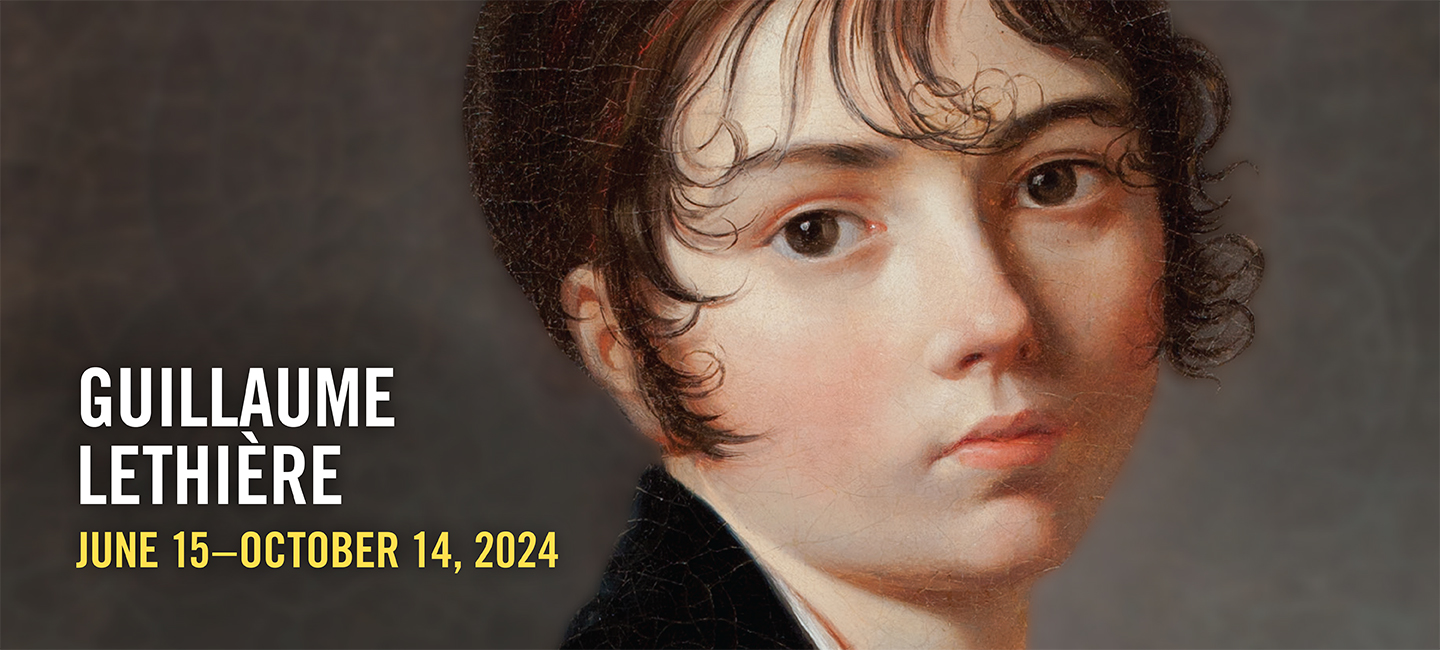Lethière and the Bonapartes
 Guillaume Lethière, Joséphine, Empress of the French, 1807, oil on canvas. Musée national des châteaux de Versailles et de Trianon, France, MV 4700. Photo: RMN-Grand Palais / Art Resource, NY
Guillaume Lethière, Joséphine, Empress of the French, 1807, oil on canvas. Musée national des châteaux de Versailles et de Trianon, France, MV 4700. Photo: RMN-Grand Palais / Art Resource, NYIn 1799, Napoleon Bonaparte staged a successful coup and appointed himself first consul, marking the end of the French Revolutionary period and heralding the era of Napoleonic France. In 1802, Napoleon reinstated slavery, which had been abolished in the colonies during the French Revolution. And in 1804, he and his wife, Joséphine Bonaparte, were crowned Emperor and Empress of the French.
Lethière successfully navigated this tumultuous transition of power. Napoleon’s younger brother, Lucien Bonaparte, became an especially close ally and patron of the artist. From 1800 to 1801, during Lucien’s tenure as a French ambassador to Spain, Lethière accompanied him as his artistic advisor and helped build his collection of Spanish paintings. Although Lucien and his brother were not politically or socially likeminded, Lucien’s support nonetheless facilitated connections with the imperial family and was instrumental in elevating Lethière’s social and artistic status. The now mature painter managed to secure important commissions for history paintings and portraits of the Bonapartes.
